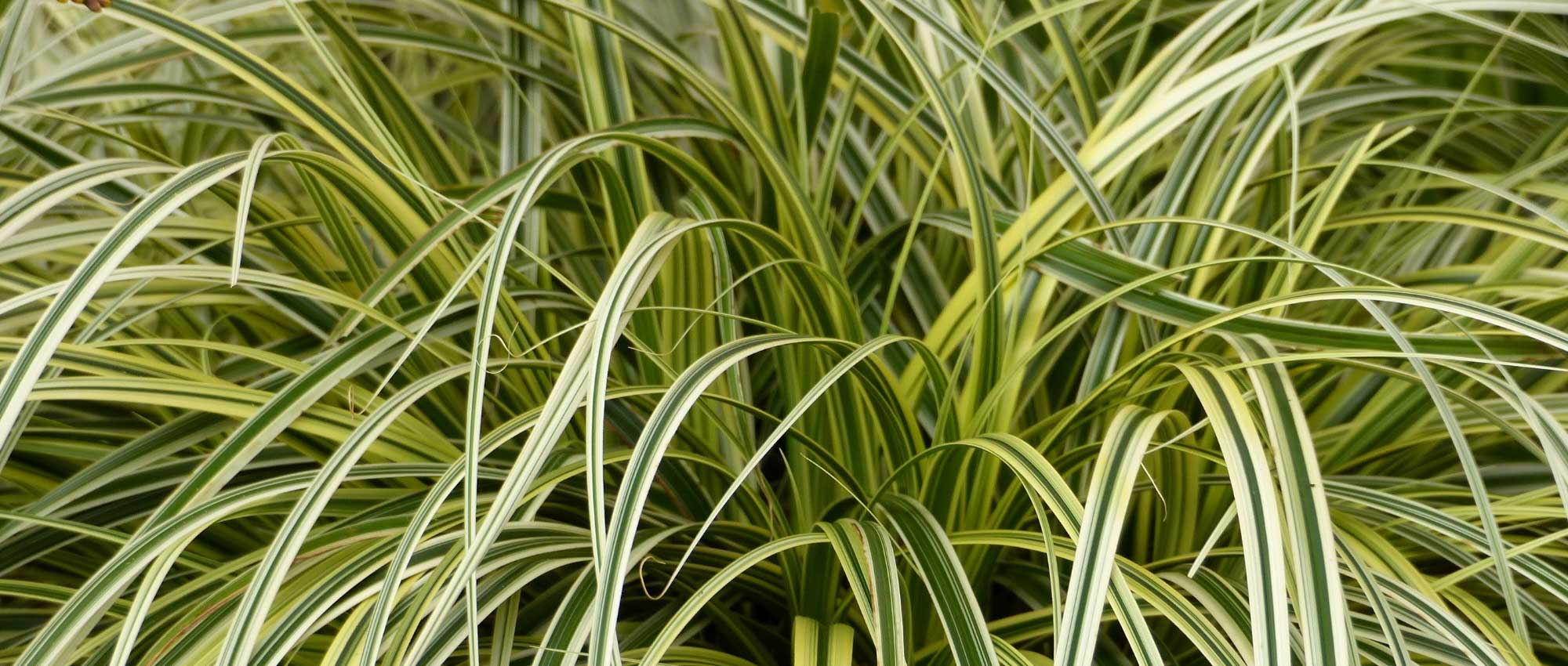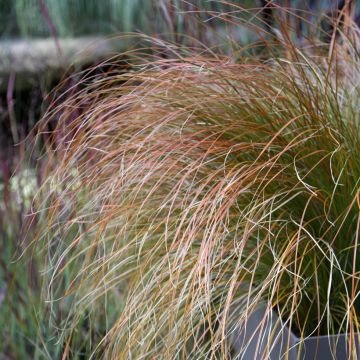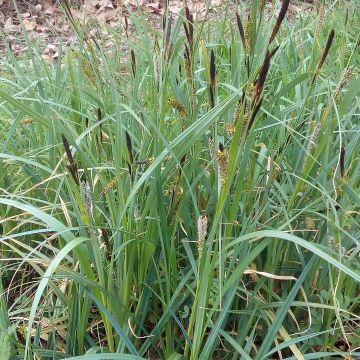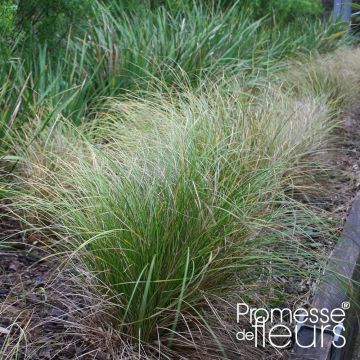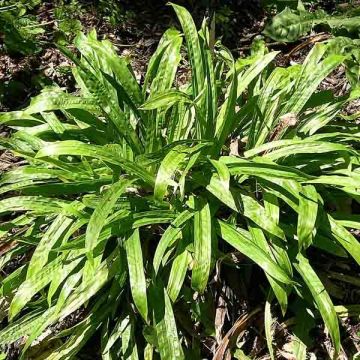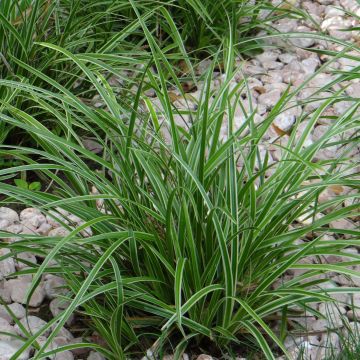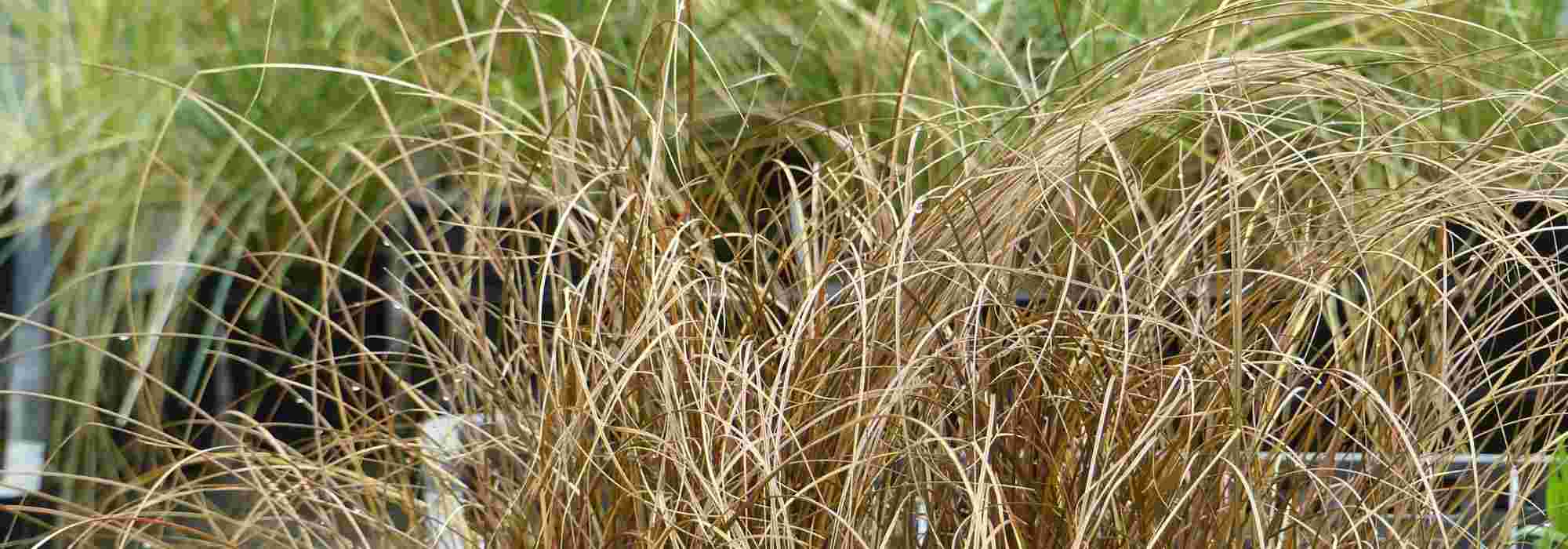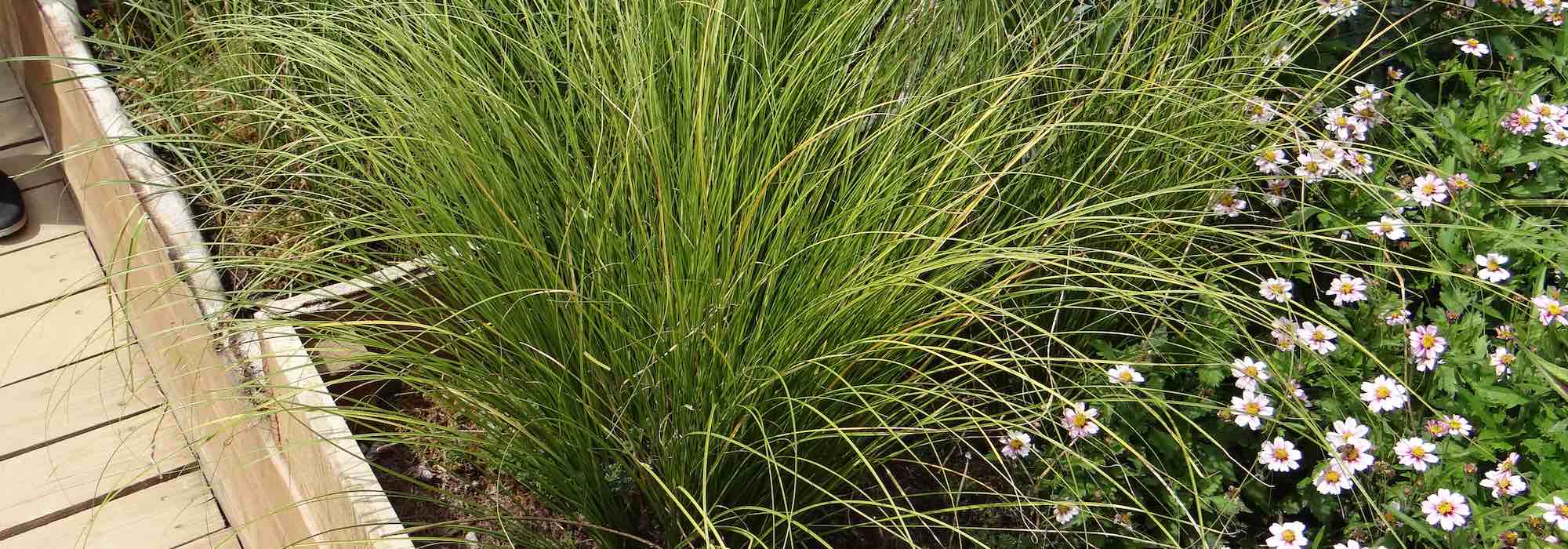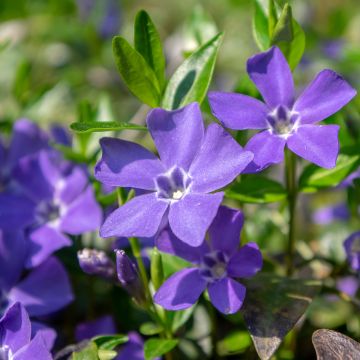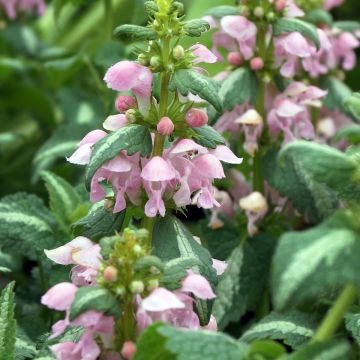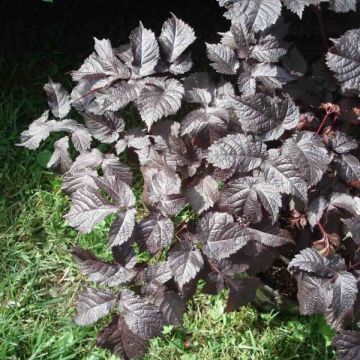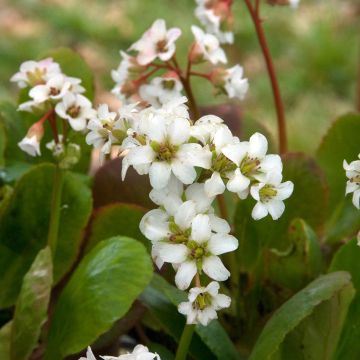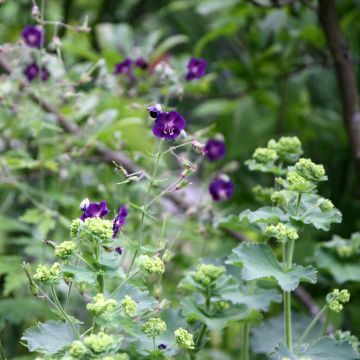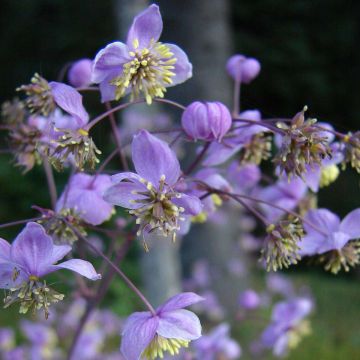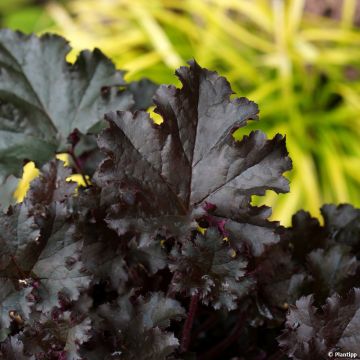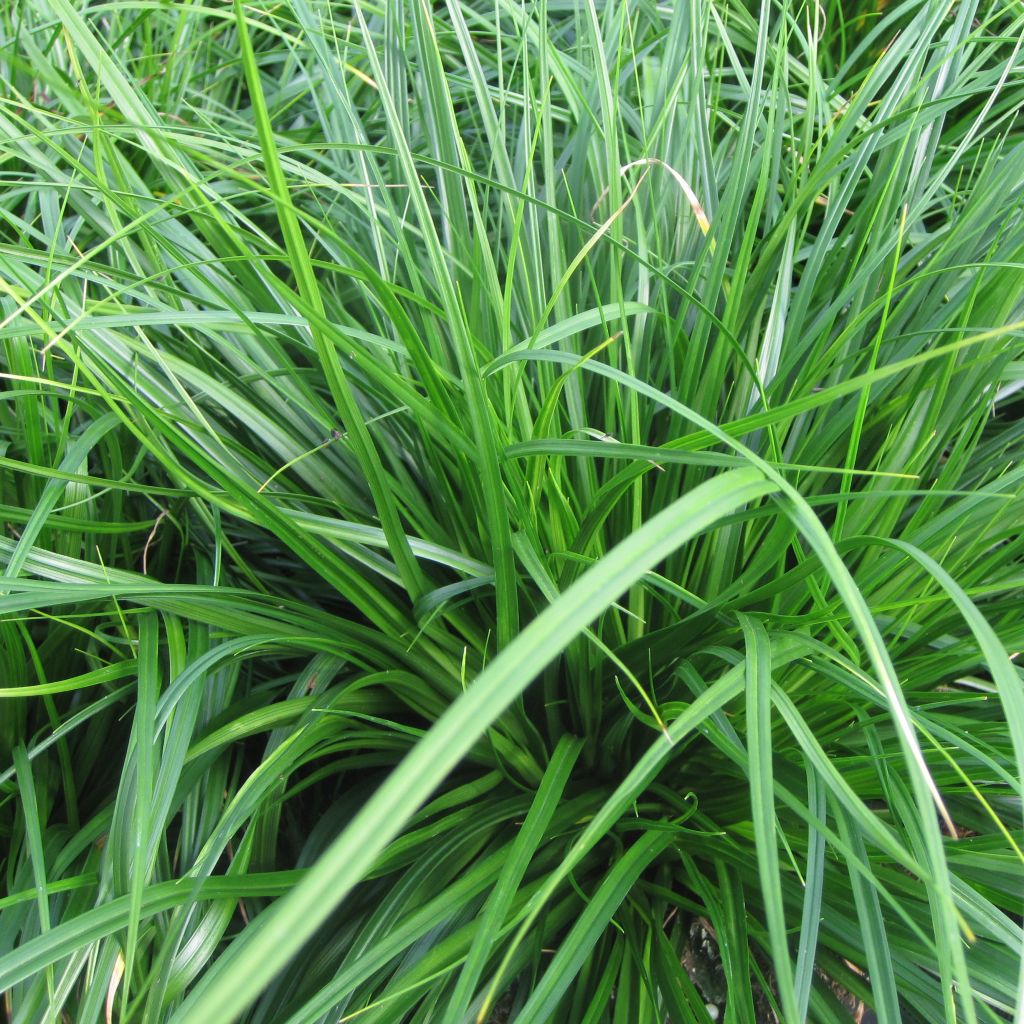

Carex oshimensis Evergreen - Oshima Sedge
Carex oshimensis Evergreen - Oshima Sedge
Carex oshimensis Evergreen
Evergreen Sedge, Oshima Sedge, Japanese Sedge
Very beautiful plants, tall and healthy!
Kathy, 16/06/2025
Special offer!
Receive a €20 voucher for any order over €90 (excluding delivery costs, credit notes, and plastic-free options)!
1- Add your favorite plants to your cart.
2- Once you have reached €90, confirm your order (you can even choose the delivery date!).
3- As soon as your order is shipped, you will receive an email containing your voucher code, valid for 3 months (90 days).
Your voucher is unique and can only be used once, for any order with a minimum value of €20, excluding delivery costs.
Can be combined with other current offers, non-divisible and non-refundable.
Home or relay delivery (depending on size and destination)
Schedule delivery date,
and select date in basket
This plant carries a 12 months recovery warranty
More information
We guarantee the quality of our plants for a full growing cycle, and will replace at our expense any plant that fails to recover under normal climatic and planting conditions.

Would this plant suit my garden?
Set up your Plantfit profile →
Description
Carex oshimensis Evergreen, also known as Oshima Sedge. It grows into a small, evergreen tuft with slightly dishevelled, dense, and ribbon-like bright green foliage. Its flowering in autumn is modest, with small greenish-brown spikes. This grass looks stunning in rockeries and borders. Over time, it covers the ground like a short grass meadow. It prefers cool to dry, fertile, but well-drained soils, in partial shade or even in the dry shade of undergrowth, with occasional watering.
Carex oshimensis Evergreen is a type of sedge that belongs to the Cyperaceae family. It is a small grass with a short rootstock that forms a very compact, dense, and upright tuft. It can grow up to 35 cm (13.8 in) tall and has a diameter of 30 cm (11.8 in). The leaves of this sedge are evergreen and have a grassy appearance. They can grow up to 40 cm (15.7 in) long and have tapering edges with drooping tips. They are bright spring green in colour and look very similar to a lawn. In autumn, short greenish spikes measuring 1 to 3 cm (1.2 in) appear among the foliage on thin stems measuring 15 cm (5.9 in) in height.
Oshima Everdi sedge is a small, refined herb with a minimalist style that will create a beautiful foliage bouquet on the border of a path or flowerbed. This plant brings a lot of lightness to the lush foliage of rodgersia and the feathers of ferns and pairs well with heucheras. As this grass tolerates dry shade, it naturally finds its place in the undergrowth, taking the place of adventives. It can also be planted in water gardens, on banks, or along the edge of a water feature, where it helps with stabilisation. You can plant it in mass in a contemporary or country garden for a beautiful, wild effect. This carex tolerates occasional drought well, making it an excellent choice for rockeries, cotton lavender and wormwood.
Carex oshimensis Evergreen - Oshima Sedge in pictures
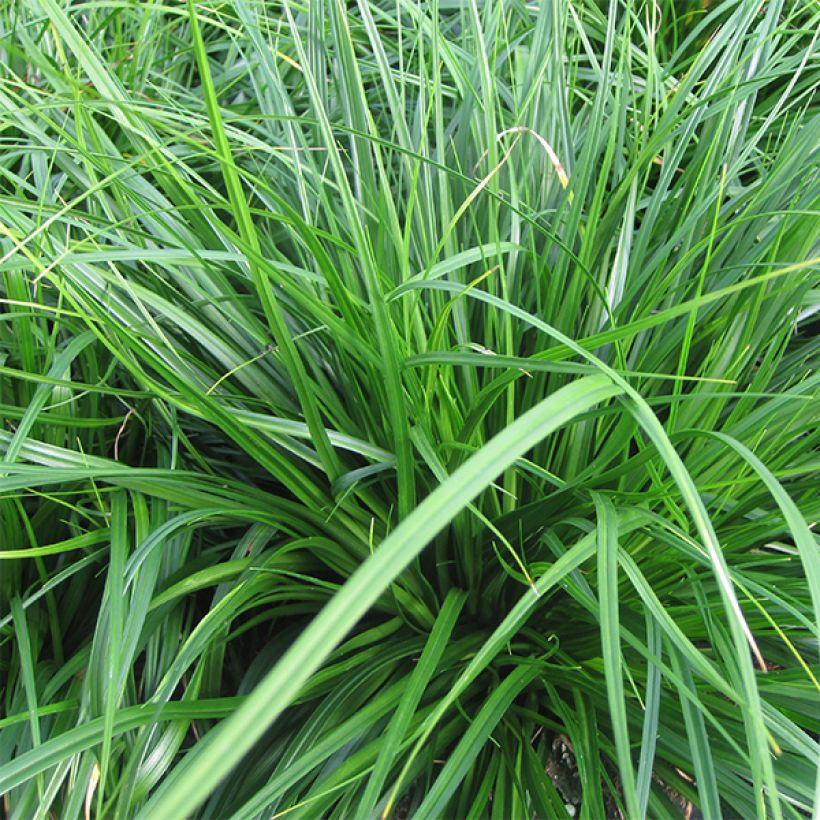

Flowering
Foliage
Plant habit
Botanical data
Carex
oshimensis
Evergreen
Cyperaceae
Evergreen Sedge, Oshima Sedge, Japanese Sedge
Cultivar or hybrid
Other Carex
View all →Planting and care
Carex oshimensis Evergreen is a type of grass that can grow well in various soil types as long as they are relatively moist and well-draining. It can withstand moderate droughts, making it an easy plant to cultivate and care for. This grass can also adapt to different sunlight exposures, although some watering may be necessary in dry woodland areas. It is vital to water the grass abundantly during planting and avoid using heavy fertilisers. Additionally, damaged foliage should be removed during vegetation, and the clump should be trimmed at the end of winter, just before the start of vegetation.
Planting period
Intended location
Care
Planting & care advice
-
, onOrder confirmed
Reply from on Promesse de fleurs
Similar products
Haven't found what you were looking for?
Hardiness is the lowest winter temperature a plant can endure without suffering serious damage or even dying. However, hardiness is affected by location (a sheltered area, such as a patio), protection (winter cover) and soil type (hardiness is improved by well-drained soil).

Photo Sharing Terms & Conditions
In order to encourage gardeners to interact and share their experiences, Promesse de fleurs offers various media enabling content to be uploaded onto its Site - in particular via the ‘Photo sharing’ module.
The User agrees to refrain from:
- Posting any content that is illegal, prejudicial, insulting, racist, inciteful to hatred, revisionist, contrary to public decency, that infringes on privacy or on the privacy rights of third parties, in particular the publicity rights of persons and goods, intellectual property rights, or the right to privacy.
- Submitting content on behalf of a third party;
- Impersonate the identity of a third party and/or publish any personal information about a third party;
In general, the User undertakes to refrain from any unethical behaviour.
All Content (in particular text, comments, files, images, photos, videos, creative works, etc.), which may be subject to property or intellectual property rights, image or other private rights, shall remain the property of the User, subject to the limited rights granted by the terms of the licence granted by Promesse de fleurs as stated below. Users are at liberty to publish or not to publish such Content on the Site, notably via the ‘Photo Sharing’ facility, and accept that this Content shall be made public and freely accessible, notably on the Internet.
Users further acknowledge, undertake to have ,and guarantee that they hold all necessary rights and permissions to publish such material on the Site, in particular with regard to the legislation in force pertaining to any privacy, property, intellectual property, image, or contractual rights, or rights of any other nature. By publishing such Content on the Site, Users acknowledge accepting full liability as publishers of the Content within the meaning of the law, and grant Promesse de fleurs, free of charge, an inclusive, worldwide licence for the said Content for the entire duration of its publication, including all reproduction, representation, up/downloading, displaying, performing, transmission, and storage rights.
Users also grant permission for their name to be linked to the Content and accept that this link may not always be made available.
By engaging in posting material, Users consent to their Content becoming automatically accessible on the Internet, in particular on other sites and/or blogs and/or web pages of the Promesse de fleurs site, including in particular social pages and the Promesse de fleurs catalogue.
Users may secure the removal of entrusted content free of charge by issuing a simple request via our contact form.
The flowering period indicated on our website applies to countries and regions located in USDA zone 8 (France, the United Kingdom, Ireland, the Netherlands, etc.)
It will vary according to where you live:
- In zones 9 to 10 (Italy, Spain, Greece, etc.), flowering will occur about 2 to 4 weeks earlier.
- In zones 6 to 7 (Germany, Poland, Slovenia, and lower mountainous regions), flowering will be delayed by 2 to 3 weeks.
- In zone 5 (Central Europe, Scandinavia), blooming will be delayed by 3 to 5 weeks.
In temperate climates, pruning of spring-flowering shrubs (forsythia, spireas, etc.) should be done just after flowering.
Pruning of summer-flowering shrubs (Indian Lilac, Perovskia, etc.) can be done in winter or spring.
In cold regions as well as with frost-sensitive plants, avoid pruning too early when severe frosts may still occur.
The planting period indicated on our website applies to countries and regions located in USDA zone 8 (France, United Kingdom, Ireland, Netherlands).
It will vary according to where you live:
- In Mediterranean zones (Marseille, Madrid, Milan, etc.), autumn and winter are the best planting periods.
- In continental zones (Strasbourg, Munich, Vienna, etc.), delay planting by 2 to 3 weeks in spring and bring it forward by 2 to 4 weeks in autumn.
- In mountainous regions (the Alps, Pyrenees, Carpathians, etc.), it is best to plant in late spring (May-June) or late summer (August-September).
The harvesting period indicated on our website applies to countries and regions in USDA zone 8 (France, England, Ireland, the Netherlands).
In colder areas (Scandinavia, Poland, Austria...) fruit and vegetable harvests are likely to be delayed by 3-4 weeks.
In warmer areas (Italy, Spain, Greece, etc.), harvesting will probably take place earlier, depending on weather conditions.
The sowing periods indicated on our website apply to countries and regions within USDA Zone 8 (France, UK, Ireland, Netherlands).
In colder areas (Scandinavia, Poland, Austria...), delay any outdoor sowing by 3-4 weeks, or sow under glass.
In warmer climes (Italy, Spain, Greece, etc.), bring outdoor sowing forward by a few weeks.






























